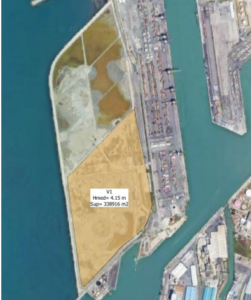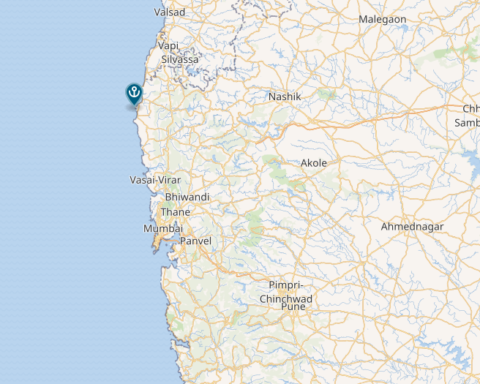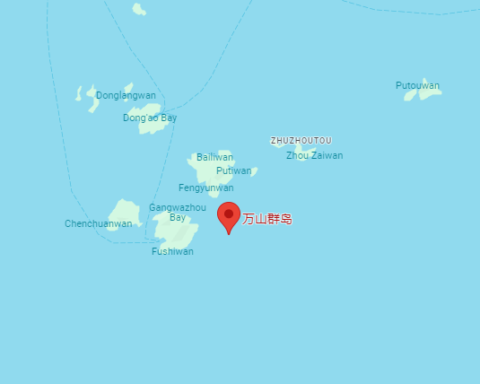Another important step towards completing Livorno port’s Darsena Europa infrastructure. As we get closer to seeing first bulldozer operating, the commission staff led by Luciano Guerrieri and deputy-commissioner Roberta Macii is about to reach a new landmark with the awarding the contract for consolidating the first dredged-material containment facility, the one on the south side, closest to Darsena Petrol oil terminal.
This is a major milestone and an essential piece of the puzzle, because it paves the way to the construction of the port’s new container terminal.
After completing the trials to assess how the subsoil reacts to the consolidation of the sediments in the area set to become a dockyard, the Port Network Authority is now moving on to the construction phase. It has commissioned the group of companies that, in May 2022, secured the contract to build the breakwaters and carry out the dredging operations for the mega infrastructure: the Temporary Joint Venture led by Sidra, the Italian division of the Belgian giant Deme, together with Fincantieri’s Infrastructure subsidiary, Sales and Fincosit.
The contract’s specifications were defined in the technical report by the person in charge of the procedure, Enrico Pribaz. Basically, it is a matter of creating a flat surface suitable for vehicles over the containment basin, using both materials available on-site and inert materials from quarries or recycling plants.
The area totals approximately 339,000m2. It averages 4 metres above sea-level, ranging from 2.2 and 8 metres. The company consortium will therefore have to deal with levelling out the mounds of material on-site, and, at the same time, draining water out of the ground.

The work does not present any particular criticalities from an environmental standpoint. Filling the containment facility began in 2001 with the dredging of the Darsena Pisa dock and ended in 2014 with the first phase of the dredging of the North side of the Molo Italia pier. These operations were all preceded by special environmental assessments that confirmed that pollutants were below the maximum level consented by legislation governing the sector (Column B of table 1 of Legislative Decree 152/2006).
The total cost of the project is over 24 million euros (including safety charges, any unforeseen expenses and additional costs). The contract will be divided into two parts. The first part consists of levelling 260,000 square metres of land, which is to be done immediately. This is set to be completed within 400 consecutive days once the site has been handed over.
In the meantime, the portion of the embankment that cannot be built at the moment because it is already being used for other activities should also become available for RTI (the Italian Railway Network). This optional, additional work is expected to cost a total of almost 5 million euros and take 90 consecutive days to complete.
“Deputy Commissioner Macii, Technical Manager Pribaz and all our staff have done an excellent job. With the awarding of the contract we are taking another significant step towards completing the second most important port investment in Italy after the Genoa breakwater. From now on, Darsena Europa is nearer to completion,” said Luciano Guerrieri. He explained how his administration is also working on other aspects at the same time, in particular, removing wartime debris, which is extremely important because it is seen as the first major step towards the definitive opening of the entire site.
Moreover, the commission staff is currently in the process of completing the very extensive EIA report to be sent to the Ministry of the Environment. This is no minor feat, since that document contains all the answers to the 293 requests for clarifications and integrations from various institutions and associations, from San Rossore National Park to ARPAT (Tuscany’s Environmental Protection Agency) and Tuscany Regional Administration.
“Very shortly, at the beginning of next week, we should be able to deliver the report to the EIA Commission. We hope to have their final pronouncement by the end of summer. After that we will be able to quickly move towards authorizing the commencement of the work to be done seaward,” Mr. Guerrieri concluded.
Translation by Giles Foster




